

Articles
How To Store Fresh Lavender
Modified: January 8, 2024
Learn how to store fresh lavender properly in this informative article. Discover the best methods to preserve the aroma and quality of your lavender for later use.
(Many of the links in this article redirect to a specific reviewed product. Your purchase of these products through affiliate links helps to generate commission for Storables.com, at no extra cost. Learn more)
Introduction
Welcome to the wonderful world of fresh lavender! Known for its enchanting fragrance and beautiful purple blooms, lavender is a versatile herb that can be used in various culinary, medicinal, and decorative applications. Whether you have a thriving lavender garden or have recently received a bunch of fresh lavender stems as a gift, knowing how to properly store this aromatic herb is essential to preserve its fragrance and extend its shelf life.
In this article, we will guide you through the process of storing fresh lavender, from choosing the right stems to cleaning, drying, and storing them effectively. By following these simple steps, you can ensure that your lavender stays vibrant and fragrant for months to come.
Key Takeaways:
- Embrace the enchanting world of fresh lavender by choosing vibrant stems, cleaning and drying them thoroughly, and storing them in airtight containers to preserve their fragrance and versatility for months to come.
- Explore the endless possibilities of stored lavender, from culinary delights to aromatherapy and decorative accents, to bring joy and beauty to your daily life. Indulge in the delightful presence of this remarkable herb!
Read more: How To Store Dried Lavender
Choosing Fresh Lavender
When it comes to selecting fresh lavender, there are a few things to keep in mind to ensure you get the best quality. Look for lavender stems that are firm and vibrant in color. The blooms should be intact and not wilted or browning. Avoid stems with yellow or brown leaves as this is a sign of age or improper storage.
It’s also important to consider the variety of lavender you’re choosing. English lavender (Lavandula angustifolia) is commonly used in culinary and medicinal applications due to its sweet fragrance, while French lavender (Lavandula stoechas) is known for its striking visual appeal. Choose the variety that best suits your needs or experiment with different types to explore their unique characteristics.
If you have the opportunity, try to smell the lavender to ensure it has a strong and pleasant aroma. This indicates that the essential oils within the plant are intact and will provide the desired fragrance when used.
Whether you purchase fresh lavender from a local market, grow it in your garden, or receive it as a gift, selecting the best quality stems will set the foundation for successful storage and long-lasting fragrance.
Harvesting Lavender
Harvesting lavender is an exciting process that allows you to enjoy the beauty and aroma of this wonderful herb. It’s essential to harvest lavender at the right time to ensure optimal flavor and fragrance. Typically, the best time to harvest lavender is when the plant is in full bloom, usually during the early morning hours when the essential oils are most concentrated.
To harvest lavender, follow these steps:
- Choose a dry and sunny day to harvest the lavender. This will help prevent moisture from accumulating on the stems, which can lead to the growth of mold or rot.
- Using a sharp pair of scissors or pruning shears, cut the lavender stems just above the leaves, leaving a few inches of stem to work with.
- Harvest the stems one at a time, placing them gently into a basket or container to avoid bruising or crushing the delicate blooms.
- Continue harvesting until you have collected as many stems as you need or desire.
It’s important to note that pruning lavender plants regularly promotes healthy growth and ensures a bountiful harvest. However, be mindful not to over-prune the plant, as this can weaken its overall health and vitality. Leave a portion of the lavender plant intact to allow it to continue growing and producing blooms for future harvests.
Once you have harvested your lavender, it’s time to move on to the next step: cleaning and drying the stems to prepare them for storage.
Cleaning and Drying Lavender
Before you can store fresh lavender, it’s important to properly clean and dry the stems to remove any dirt, debris, or moisture. This step is crucial in preventing mold or rot during the storage process.
To clean and dry lavender, follow these steps:
- First, gently shake the lavender stems to remove any loose dirt or insects. Be careful not to damage the delicate blooms or foliage.
- Fill a basin or sink with cool water and immerse the lavender stems. Swirl them gently to allow the water to dislodge any remaining dirt or debris.
- Remove the lavender stems from the water and place them on a clean towel or paper towel. Gently pat them dry to remove excess moisture. Avoid rubbing or squeezing the stems, as this can damage the blooms.
- Once the stems are clean and dry, it’s time to prepare them for the drying process. Bundle the lavender stems together in small bunches, securing them with a rubber band or twine near the base of the stems. This will help the lavender retain its shape as it dries.
- Hang the lavender bundles upside down in a cool, well-ventilated area. You can use a drying rack, clothesline, or even a hanger. Ensure that the bundles are not overcrowded, as this can impede the drying process.
- Allow the lavender to air dry completely, which typically takes around 1 to 3 weeks, depending on the humidity levels in your area. Avoid exposing the lavender to direct sunlight, as this can cause the blooms to fade.
Once the lavender is completely dry, it’s ready for storage. Properly dried lavender will have crisp stems and retain its vibrant color and fragrance. Now, let’s move on to the next section: storing fresh lavender.
After harvesting fresh lavender, hang it upside down in a dry, dark, and well-ventilated area to preserve its fragrance and color. Once dried, store in a sealed container to maintain its freshness.
Storing Fresh Lavender
Proper storage is crucial to preserve the fragrance and quality of fresh lavender. When stored correctly, lavender can retain its aroma and potency for several months or even longer. Here are some essential tips for storing fresh lavender:
- Remove any leaves or debris from the lavender stems before storing. This will help prevent mold or rot.
- Choose a storage container that is dry, airtight, and opaque. Light exposure can diminish the potency of lavender’s fragrance, so using an opaque container will help protect it.
- If you have a large amount of lavender, you may want to divide it into smaller portions and store them in separate containers. This way, you can access a small amount at a time without exposing the entire batch to air or moisture.
- Line the bottom of the storage container with a layer of clean, dry paper towels or unbleached parchment paper. This will absorb any excess moisture and help maintain the quality of the lavender.
- Place the lavender stems in the container, making sure they are not overcrowded. It’s best to store them in a single layer to preserve their shape and prevent crushing.
- Seal the container tightly to create an airtight environment. This will help prevent air and moisture from entering and potentially degrading the lavender.
- Store the lavender in a cool, dark place, such as a pantry, cupboard, or drawer. Avoid storing it in areas that are exposed to direct sunlight or fluctuating temperatures.
By following these storage guidelines, you can prolong the shelf life of fresh lavender and enjoy its delightful fragrance for an extended period. Now that you know how to store fresh lavender, let’s explore some popular methods for preserving this beautiful herb.
Read more: How To Store Fresh Oregano
Methods for Storing Fresh Lavender
There are several methods you can choose from to store fresh lavender, depending on your preferences and the intended use of the herb. Here are a few popular methods for storing lavender:
- Dried Lavender: One of the most common ways to store lavender is by drying it. As mentioned earlier, air drying lavender bundles is an effective method. Once the lavender is completely dry, you can remove the blooms from the stems and store them in airtight containers, such as glass jars or zip-lock bags. Make sure to label the containers with the date of drying for reference.
- Lavender Sachets: Sachets are small fabric bags filled with dried lavender, and they can be placed in drawers, closets, or even under pillows to impart a pleasant fragrance. To make lavender sachets, gently crush dried lavender blooms to release their aroma, then fill small fabric bags with the crushed lavender. Seal the sachets tightly and store them in a cool, dry place.
- Lavender Infused Oil: If you enjoy using lavender oil for aromatherapy, massage, or skincare, you can create your own lavender-infused oil. Fill a glass jar with dried lavender blooms and cover them with a carrier oil of your choice, such as jojoba oil or sweet almond oil. Seal the jar tightly and store it in a cool, dark place for a few weeks to allow the oil to infuse with the lavender fragrance. Strain the oil to remove the lavender blooms and transfer it to a clean, airtight bottle for storage.
- Lavender Culinary Uses: Fresh lavender can also be used in culinary applications. To preserve its flavor, you can make lavender-infused sugar or salt. Simply layer fresh lavender blooms with granulated sugar or coarse salt in a glass jar, alternating between the two. Seal the jar tightly and let it sit for a few weeks to allow the flavors to infuse. Use the infused sugar or salt in your favorite recipes for a touch of lavender flavor.
These methods not only preserve the fragrance and flavor of fresh lavender but also provide various ways to enjoy its benefits in different aspects of your life. Now that you have stored your lavender, let’s explore how to make the most out of your stored lavender.
Using Stored Lavender
Stored lavender can be used in a wide range of applications, from culinary to therapeutic and decorative. Here are some creative ways to use your stored lavender:
- Culinary Delights: Dried lavender can add a delightful floral flavor to various culinary creations. Infuse dried lavender blooms in hot water to make lavender tea or incorporate them into homemade baked goods, such as lavender cookies, cakes, or scones. You can also sprinkle dried lavender over salads, roasted vegetables, or grilled meats for a unique and fragrant twist.
- Aromatherapy and Home Fragrance: The soothing aroma of lavender is known for its calming and relaxing properties. Create your own lavender essential oil by steam distillation or use your stored dried lavender as a potpourri. Place dried lavender in small pouches or bowls and distribute them around your home to enjoy the natural fragrance. You can also place a few drops of lavender essential oil on a cotton ball and tuck it into your pillowcase for a restful night’s sleep.
- Bath and Body Products: Add a touch of luxury to your bath and body routine by incorporating lavender into your homemade products. Make lavender-infused bath salts, body scrubs, or bath bombs for a soothing and aromatic experience. You can also create lavender-scented soaps, lotions, or candles by infusing them with lavender oil or using dried lavender as a decorative touch.
- Decorative Accents: Dried lavender stems can be used as decorative accents in your home. Create floral arrangements by combining dried lavender with other dried flowers or use them as a fragrant addition to wreaths or swags. Tie bundles of dried lavender together with a beautiful ribbon and hang them in your living space for a natural and aromatic touch.
Explore your creativity and experiment with different ways to incorporate stored lavender into your daily life. Whether you use it in the kitchen, for relaxation, or as a decorative element, the vibrant fragrance and versatility of lavender will surely bring joy and beauty to your surroundings.
With these tips and ideas, you are now equipped with the knowledge to store fresh lavender and make the most of its aromatic qualities. Enjoy the enchanting world of lavender and embrace the countless possibilities it offers!
Conclusion
Fresh lavender is a remarkable herb that brings beauty, fragrance, and versatility to our lives. By following the proper techniques for harvesting, cleaning, drying, and storing lavender, you can prolong its shelf life and enjoy its delightful aroma for months to come. Remember to choose the best quality stems, ensure thorough cleaning and drying, and store the lavender in a cool, dark place using suitable containers.
Once you have stored your lavender, take advantage of its wide range of uses. Whether you incorporate it into culinary creations, use it for aromatherapy, or adorn your home with its decorative charm, lavender offers endless possibilities. Explore different methods such as drying, making lavender sachets, infusing oils, or using it in culinary delights to fully experience the benefits of this aromatic herb.
With a little care and attention, you can enjoy the beauty and fragrance of lavender all year round. So go ahead, indulge your senses, and let the enchanting allure of fresh lavender fill your life with its delightful presence.
Frequently Asked Questions about How To Store Fresh Lavender
Was this page helpful?
At Storables.com, we guarantee accurate and reliable information. Our content, validated by Expert Board Contributors, is crafted following stringent Editorial Policies. We're committed to providing you with well-researched, expert-backed insights for all your informational needs.


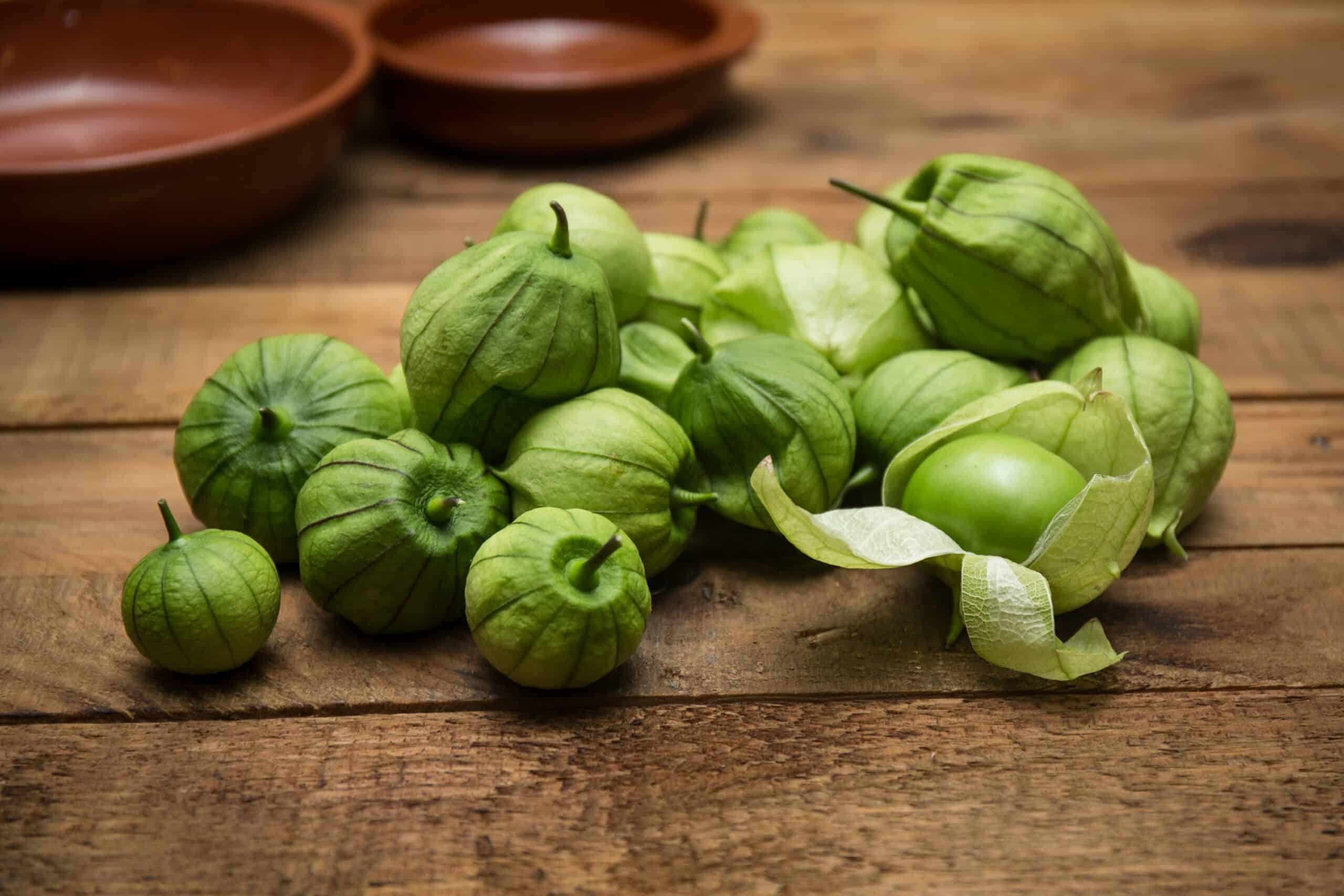

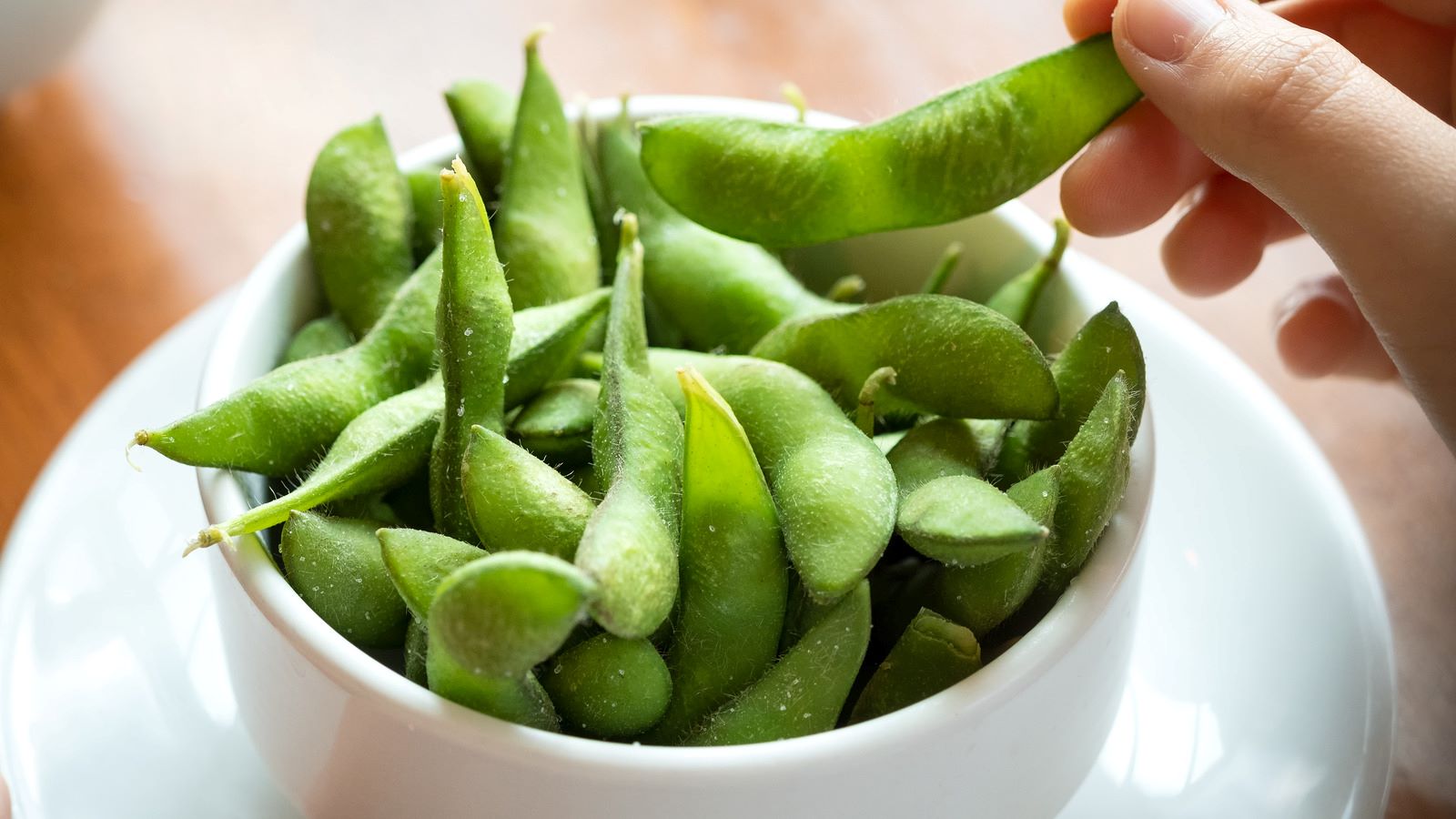



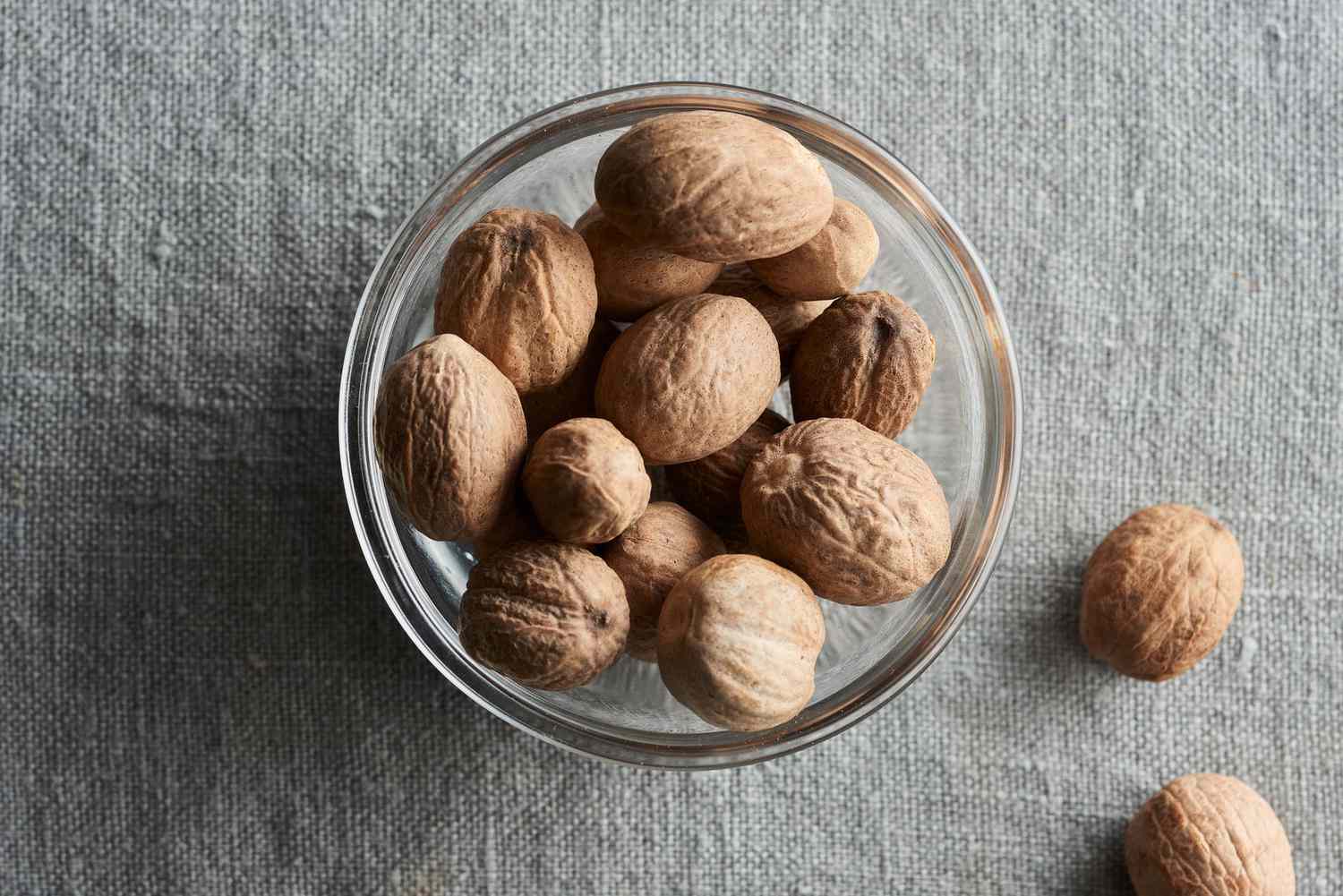
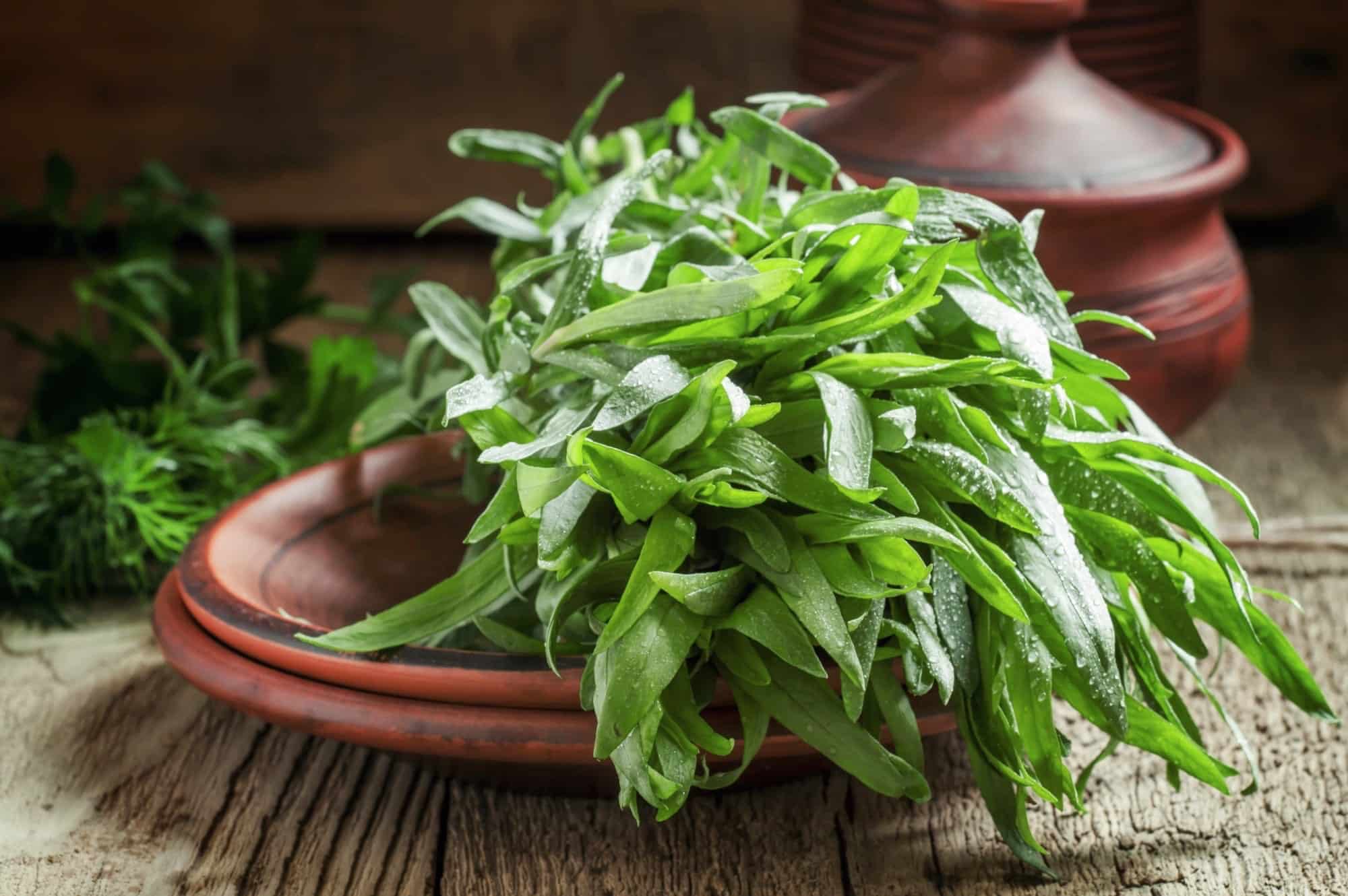

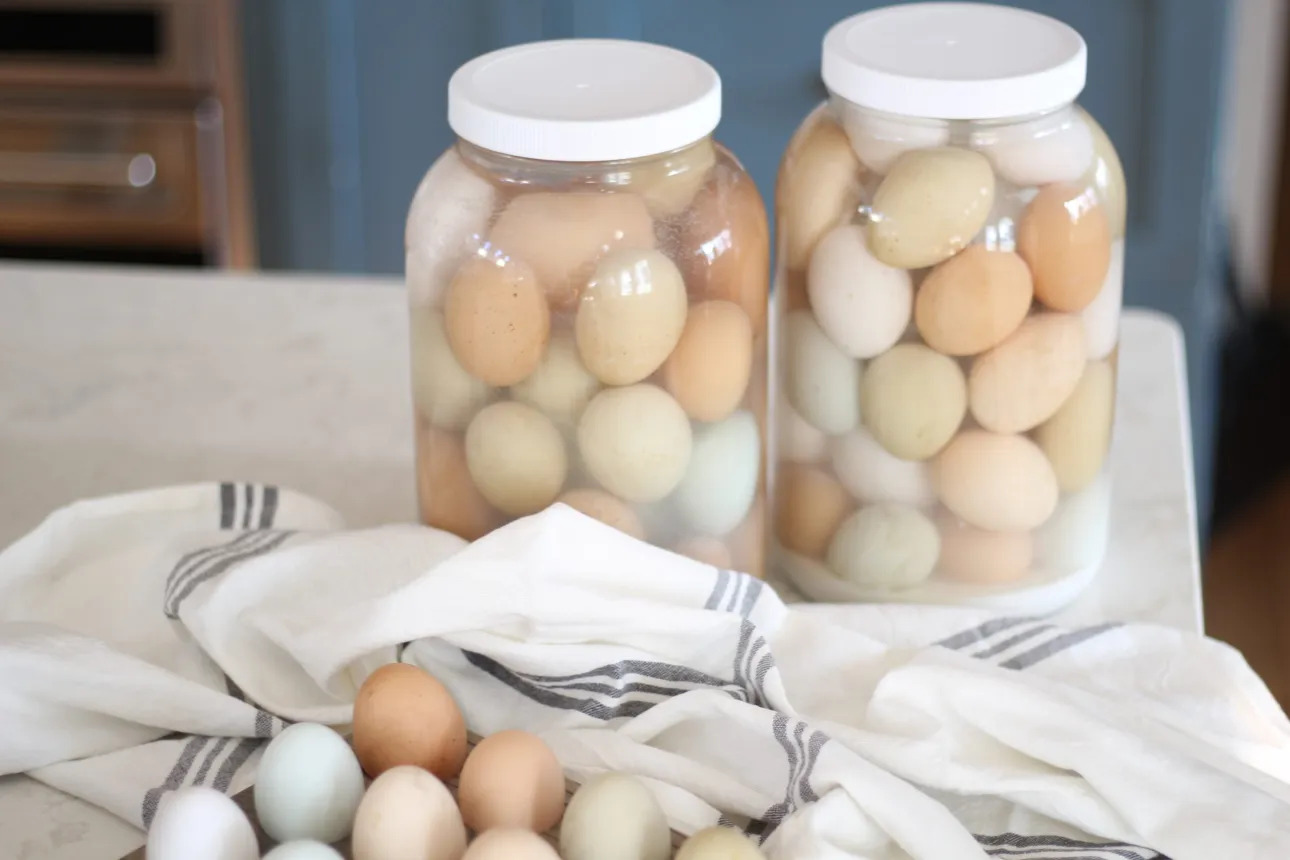



0 thoughts on “How To Store Fresh Lavender”